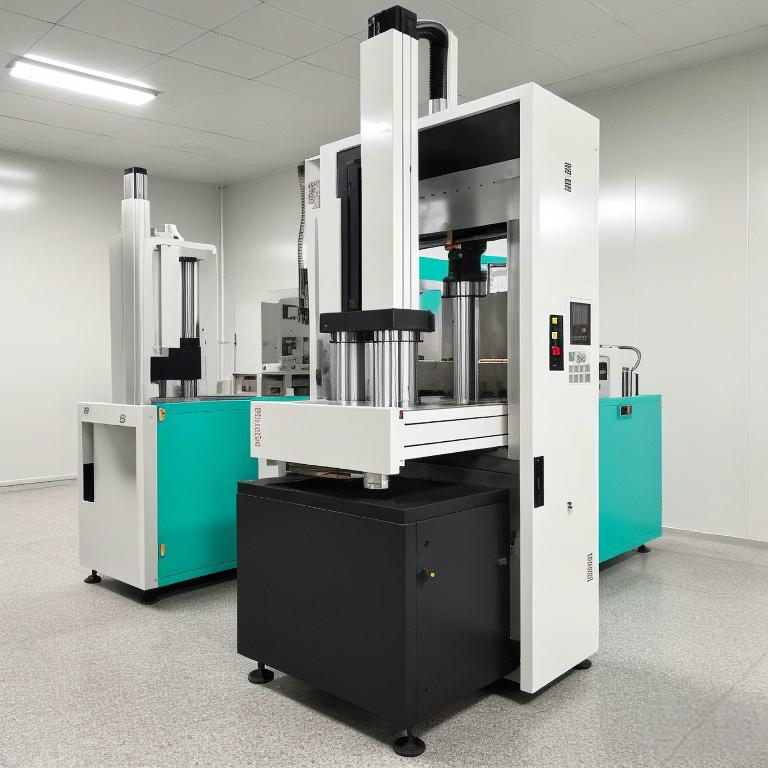Содержание
Introduction to the Future of iPhone 17 Phone Cases
In the ever-evolving world of mobile accessories, the anticipation for iPhone 17 phone case designs is reaching new heights. As a sales manager at an independent silicone factory, understanding the trends and demands shaping this market is crucial. This article delves into what we can expect from iPhone 17 phone cases, focusing on materials like silicone cell phone TPU case, phone case silicone, liquid phone case, and Apple phone case.
The Rising Popularity of Silicone Cell Phone TPU Case
Silicone has become a favorite material for phone cases due to its flexibility, durability, and comfortable grip. When combined with TPU (Thermoplastic Polyurethane), it offers enhanced protection against impacts without adding bulk. For iPhone 17 phone case manufacturers, integrating these materials could be key in creating products that appeal to both style-conscious and practical consumers.
Anticipating the Design Trends for the iPhone 17 Phone Case
Given the rumors about the iPhone 17’s design, especially its ultra-thin “Air” model and the innovative horizontal camera layout for the Pro version, phone case manufacturers need to adapt. These changes suggest a demand for slimmer yet highly protective cases, which might favor the use of advanced silicone materials. Considering the anticipated MagSafe compatibility, designing iPhone 17 phone cases that seamlessly integrate with magnetic accessories will also be essential.
Exploring Liquid Phone Case Innovations
The development of liquid silicone rubber (LSR) technology has opened up new possibilities for phone case manufacturing. Known for its smooth texture, excellent scratch resistance, and ability to maintain color integrity over time, liquid phone cases are becoming increasingly popular. For wholesale businesses targeting the iPhone 17 market, investing in LSR technology could provide a competitive edge by offering high-end, durable cases that cater to premium customers.
Customization Opportunities with Apple Phone Case
As personalization becomes more important among consumers, there is a growing opportunity for customization within the iPhone 17 phone case market. Wholesale distributors and custom mold makers can capitalize on this trend by offering bespoke designs that reflect individual tastes. By leveraging digital printing technologies and collaborating with artists or designers, companies can create unique Apple phone cases that stand out in a crowded market.
Meeting the Needs of Bulk Buyers and Custom Mold Clients
Understanding the needs of bulk buyers and those seeking custom molds is critical for success in the wholesale sector. For clients interested in deep drawing molds or custom designs, providing detailed consultations and samples can help ensure their specific requirements are met. With the release of iPhone 17, preparing to offer tailored solutions that incorporate the latest trends in silicone cell phone TPU case technology will be vital.
Consumer Scenarios Highlighting the Importance of the iPhone 17 Phone Case
While focusing on wholesale rather than retail, considering potential consumer scenarios can inform product development. Imagine a professional needing a sturdy, stylish iPhone 17 phone case that fits well in a briefcase or a student desiring a fun, personalized option for everyday use. Such insights help guide decisions on material choices, design elements, and functionality features.
Addressing Sustainability in iPhone 17 Phone Case Manufacturing


With increasing awareness around environmental issues, sustainability plays a significant role in the phone case industry. Developing eco-friendly options using recycled plastics, biodegradable polymers, or plant-based materials not only meets regulatory standards but also appeals to environmentally conscious consumers. Incorporating sustainable practices into the production process for iPhone 17 phone cases can enhance brand reputation and attract a broader customer base.
Conclusion: Preparing for the Next Generation of iPhone Accessories
As we look towards the launch of iPhone 17, it’s clear that innovation, customization, and sustainability will be key factors in the success of phone case manufacturers. By staying informed about upcoming trends and technological advancements, businesses can position themselves as leaders in the accessory market. Whether through the development of cutting-edge silicone cell phone TPU case designs or the introduction of customizable Apple phone cases, there are numerous opportunities to captivate and serve the diverse needs of today’s consumers.


